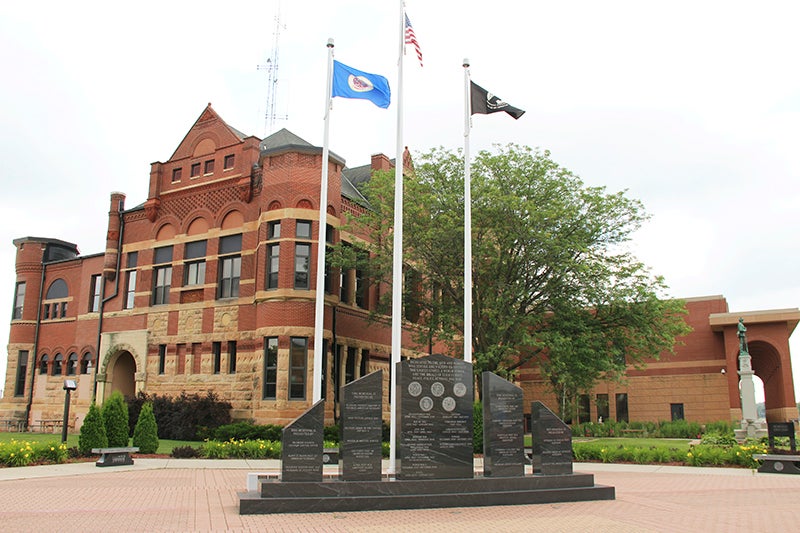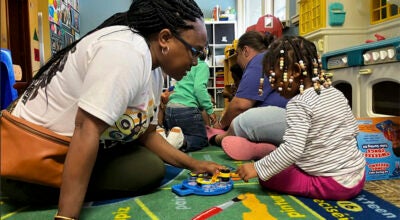Grand Meadow schools turn to technology
Published 9:19 am Thursday, December 16, 2010
By Trey Mewes, staff writer
Grand Meadow students are keeping ahead of the current when it comes to technology in the classroom. They’re learning about things like anatomy, science and biology on iPod touches and iPads.
Thanks in part to a grant by the Grand Meadow Educational Foundation, students in kindergarten through fourth grade are using iPod touches in classes, while high school students in science, math and special education classes are learning through applications downloaded onto school iPads.
“It’s not going to replace good teaching,” said Paul Besel, Grand Meadow’s principal. “It’s going to give teachers an instructional tool.”
In all, about 33 iPod touches are in use in elementary classrooms, about five to a class along with an iPod touch for every elementary teacher. There’s only four iPads at the high school level, with three shared among high school science and math teachers and one in the special education department. It’s these devices that, according to Besel, are changing the way students learn.
Students who use learning applications on iPods and iPads are learning through a visual and interactive way that isn’t found in textbooks, according to Besel.
“They think they’re playing a game and they’re really learning,” Besel said.
One of the ways students are learning is by identifying bones and muscles through an iPad application used in Michael Keefe’s anatomy class. Keefe, who teaches high schoolers anatomy and biology, said the iPad’s incorporation into the classroom has helped students relate to the information they’re expected to learn in class.
“We’re just really blown away with the opportunities that they provide with teaching and a different way of learning,” Keefe said. “There’s just a lot of opportunities for students, and for teachers it’s great because we get instant feedback on how students are doing.”
Grand Meadow is no stranger to keeping up with changing technology, as in recent years it has put a laptop into each high school student’s hands as soon as they reach ninth grade. Since students must sign into the school’s wireless network, the school’s tech security ensures the students can freely use their computers without getting into too much trouble.
The idea for handheld devises in the classroom came up earlier this fall, when Besel said the staff researched how they could be used in the classroom and bought the devices, in part due to a $2,400 grant by the GMEF. Staff and students have had the devices since Thanksgiving, which means the handhelds are still being incorporated into teachers’ lesson plans. However, Besel is hopeful about the useful possibilities of the technology.
“You’ve got to embrace it and not be scared of it,” Besel said of the changing role technology is playing in the classroom.
There are plenty of possibilities, as more and more handheld devices come with downloading capabilities, which means entire textbooks could be downloaded onto an iPod or an iPad, which could be a cost-saving measure in the long run.
There could be other uses as well, such as students using voice-recognition software to organize a paper out loud, which the device could translate into a print document for a teacher to examine and correct. Physical Education teachers could record how well students perform in gym class, entering their scores and ranking them immediately to show students where they could improve in sports and activities.
This school year will be a pilot year for the handhelds, to see just how useful they’ll be to teachers and students. Next year, if the handhelds are deemed to be important enough to the school, Besel may ask the Grand Meadow School board to purchase even more handhelds. For now, the handheld devices will continue to help teachers teach in new and exciting ways.
“The capabilities are there,” Besel said. “It’s not anything really new the teachers haven’t been doing before, it just gives them the opportunity to teach students in a different way in the Digital Age.”





